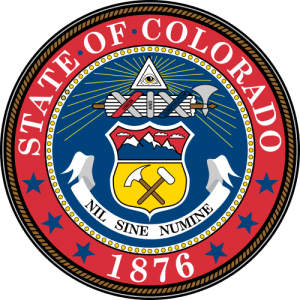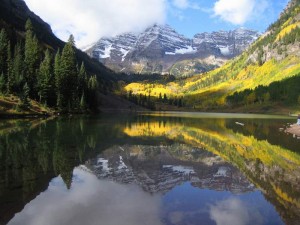 Colorado Population 2013
Colorado Population 2013
The United States Census Bureau estimates that the population of Colorado in 2013 was 5,187,582, which is ranked the 22nd largest population in the United States. This estimate shows a 3.1% increase since the last census in 2010, also conducted by the United States Census Bureau. The population density of the state is 49.3 people per square mile, ranked the 37th largest density in the United States.
Colorado Population Projections
The population of Colorado is expected to reach approximately 5.4 million people by the year 2015, which is an approximate 4.1% increase from the current population. By the year 2020, the population is expected to reach approximately 5.9 million people, which is an approximate 13.7% increase from the current population. By the year 2025, the population is expected to reach approximately 6.4 million people, which is an approximate 24.3% increase from the current population. By the year 2030, the population is expected to reach approximately 6.85 million people, which is an approximate 33.1% increase from the current population. By the year 2035, the population is expected to reach 7.33 million people, which is an approximate 42.4% increase from the current population. By the year 2040, the population is expected to reach approximately 7.75 million people, which is an approximate 50.6% increase from the current population.
Colorado Land Mass
The state of Colorado is approximately 380 miles long and 280 miles wide with a square area of 104,100 square miles, making it the 8th largest state in the country. Of the 104,100 square miles, only 371 square miles are covered by water. The highest point in the state of Colorado is Mt. Elbert, which is also the highest point in the Rocky Mountains, reaching 14,400 feet above sea level. The lowest point in the state is at the Arkansas River, which reaches 3,315 feet above sea level. The geographic center of Colorado is located in Park County, 30 miles northwest of Pike’s Peak. Colorado is bordered by seven states: Wyoming, Nebraska, Kansas, Utah, New Mexico, Arizona, and Oklahoma. At the southwest corner of the state, Colorado meets with Utah, New Mexico, and Arizona’s borders all meet at one spot, called the Four Corners.
Colorado can be broken up into four distinct geographic land areas: the Great Plains, the Rocky Mountains, the Colorado Plateau, and the Intermontane Basin. The Great Plains covers about 40% of the state with most flat and dry land. The Rocky Mountains lie to the west of the Great Plains and take up 40% of the state with five mountain ranges, one of which includes the highest point in the state and in all of the Rocky Mountains. The Colorado Plateau lies to the west of the Rocky Mountains along the Utah border, occupying only 20% of the state with deep valleys, plateaus, and mesas. The last portion, the Intermontane Basin makes up the other 20% of the state in the northwest corner of Colorado. Forested hills and plateaus characterize it.
Colorado Demographics
Of the approximate 5.2 million people in the state of Colorado, about 49.8% of the population is female, while 50.2% is male. Also, approximately 88% of the population identifies as white (including Hispanic or Latino). But, out of that 88%, about 21% do identify as Hispanic or Latino and the other 67% as Caucasian. Those that identify as Black or African American make up only 4% of the entire population of the state of Colorado. The rest of the population is made up of those that identify as Asian, American Indian, Alaskan Native, Hawaiian, other Pacific Islanders, or those that identify as two or more races. These other races make up about 8% of the Colorado population.
Colorado Tourism

Colorado Religion
The population of Colorado identifies as religious at a lower rate than the national average. About 38% of the state population identifies as religious, compared to the national average of 49%. Out of the 38%, about 16% identify as members of the Catholic Church, making it the largest denomination in the state of Colorado. All the other Christian denominations make up about 21.8% of the population. Those who identify as Jewish, Islamic, or Eastern religions only make up 1.2% of the population.
Other Resources
Learn more about the Colorado Population in 2013 with the following resource link.


